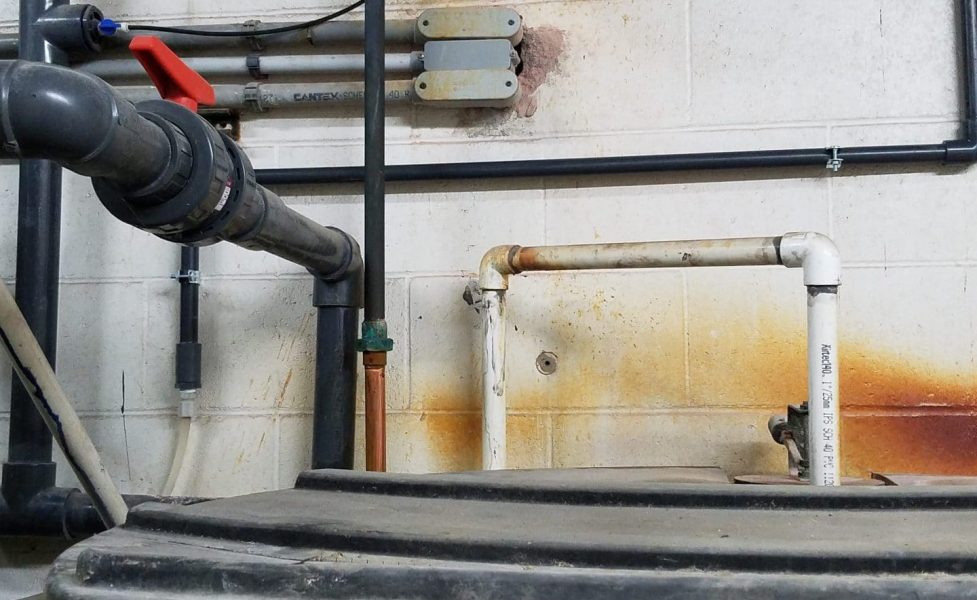The Ion Exchange Process & Water Softening
The Ion Exchange Process & Water Softening
The ion exchange process introduces another link in the chain of chemical water treatment methods. This page deals with the removal of water hardness (the calcium and magnesium salts) by exchanging ions through the reaction (water) chemistry involved.
Water hardness has plagued industries and society for ages. The telltale signs of water hardness are evident in the chalky deposits on hot and cold water fixtures in many plants. Untreated hard water creates a costly burden, especially in heating and in steam boilers.
What is Water Hardness and Water Softening?
Although much has been written over the past 75-100 years about water hardness, no universal definition exists of what constitutes the various levels of water hardness. Water hardness is measured chemically by the amount of calcium bicarbonate and magnesium bicarbonate content in the water sample. Together, the sum of these two represent what is termed the “total hardness” – or TH. Technically, this measurement is called temporary hardness, as these carbonates can break down under elevated water temperatures. The common unit for measuring water hardness is grains per U.S. gallon (gpg). The more scientific measurement is in parts per million (ppm), or what is generally considered the equivalent metric measure of milligrams per liter (mg/L). It takes 17.1 ppm (mg/L) to equal one U.S. gpg. Usually, a water testing above three grains (52 ppm) per gallon is labelled “hard”. However, the level of hardness is very important, especially in boiler feedwater. To establish a set of hardness levels, the Water Quality Association and the American Society of Agricultural Engineers jointly adopted Standard S-339 (See table below), which brackets water hardness categories.
| Term | Grains/Gallons | ppm (mg/L) |
|---|---|---|
| Soft | Less than 1.0 | Less than 17.0 |
| Slightly Hard | 1.0 to 3.5 | 17.1 to 60 |
| Moderately Hard | 3.5 to 7.0 | 60 to 120 |
| Hard | 7.0 to 10.5 | 120 to 180 |
| Very Hard | 10.5 and over | 180 and over |

Water Softening Methods
There are three basic means of softening water:
- Chemical softening – lime softening, hot and cold; lime-soda softening
- Membrane separation softening – nanofiltration
- Cation exchange softening- inorganic, carbonaceous, or organic base exchangers
- Cation resin exchanger processes – Learn more here!

